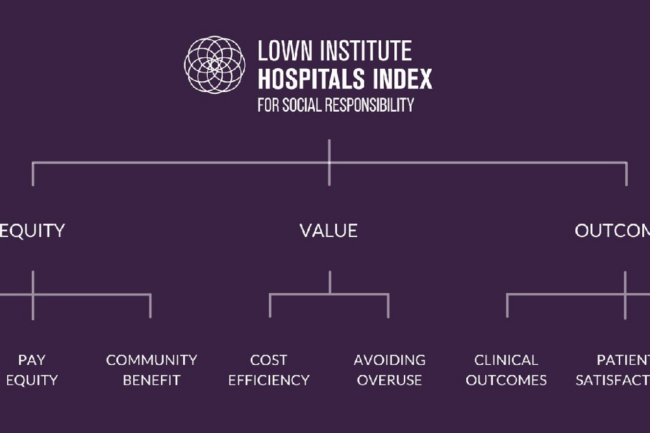Reducing out-of-pocket costs for Marketplace enrollees and systemically excluded communities
Increasing access to health insurance is an essential part of health justice. It helps make seeing health professionals affordable for millions. But for too many, even with coverage, the care they want and need is still out of reach because of high costs, leading them to choose between going to a doctor or going into medical debt.
Millions of people struggle with the high cost of health care. And for Black and Latinx members of our communities, the numbers are even worse because of racism and discriminatory barriers to care and security. At least six in ten Black adults (60%) and Latinx adults (65%) report difficulty affording health care costs compared to about four in ten white adults (39%).
Community Catalyst and our partners across the country are working to drive systemic change to make health care affordable, accessible and culturally competent. Together, we work to improve the affordability, quality, accessibility, continuity, and equity of Marketplace coverage by increasing access to coverage and lowering out-of-pocket costs (in the form of copays, deductibles and cost-sharing) for individuals and families.

The Problem with Marketplace Costs
Insurance coverage provides necessary access to critical health care, but private coverage is increasingly unable to provide the financial security that families need: about one-third of insured adults worry about affording their monthly health insurance premium, and 48 percent worry about affording their deductible before health insurance kicks in.
48% of insured adults worry about affording their deductible
Source: 2024 KFF Health Tracking Poll
Challenges with out-of-pocket costs have been especially acute for people with ACA Marketplace coverage. A recent survey from The Commonwealth Fund found that 33 percent of people in Marketplace or individual market plans were paying off debt from medical or dental care. Individuals, families and communities are stuck between insufficient coverage, saddled with predatory medical credit cards, or subjected to harmful lending and billing behaviors from hospitals and issuers. Structural racism — and the oppressive and harmful exclusion from programs that offer affordable, high-quality health insurance (including the exclusion undocumented residents face from the ACA Marketplace coverage) — compound these challenges for systemically excluded communities.
State Marketplace Affordability at a Glance
Explore how some states are highlighting innovative strategies to improve affordability of insurance coverage on their state insurance marketplace.
For a summary of these five states, view a side-by-side comparison here.
We’re part of a movement that is working to fix this.
There is opportunity to drive change that is focused on those most harmed by our health system and high costs of care – undergirded by a strategy that embraces multi-racial power and coalition building. With more and more people citing health care costs as a major concern, pressure is growing for action and communities are leaning into their vast potential to build power to enact meaningful change. We are focused on supporting partners in co-designing policies and campaigns that build power with systemically excluded communities, drive narratives that advance both shorter and longer-term goals around health care affordability, and make policy changes that benefit those most harmed by our health care system.
Read more about our work to make health care more affordable
There are many promising policy options that could have an impact in lowering costs for individuals on Marketplace plans. We created this guide to equip state and national partners with messages to use in policy, advocacy, organizing, and outreach efforts. You can find an outline of broad, values-based messages that make the case for these policies and others that lower the cost of care, increase access to health coverage, and improve health outcomes for individuals, families, and communities.

